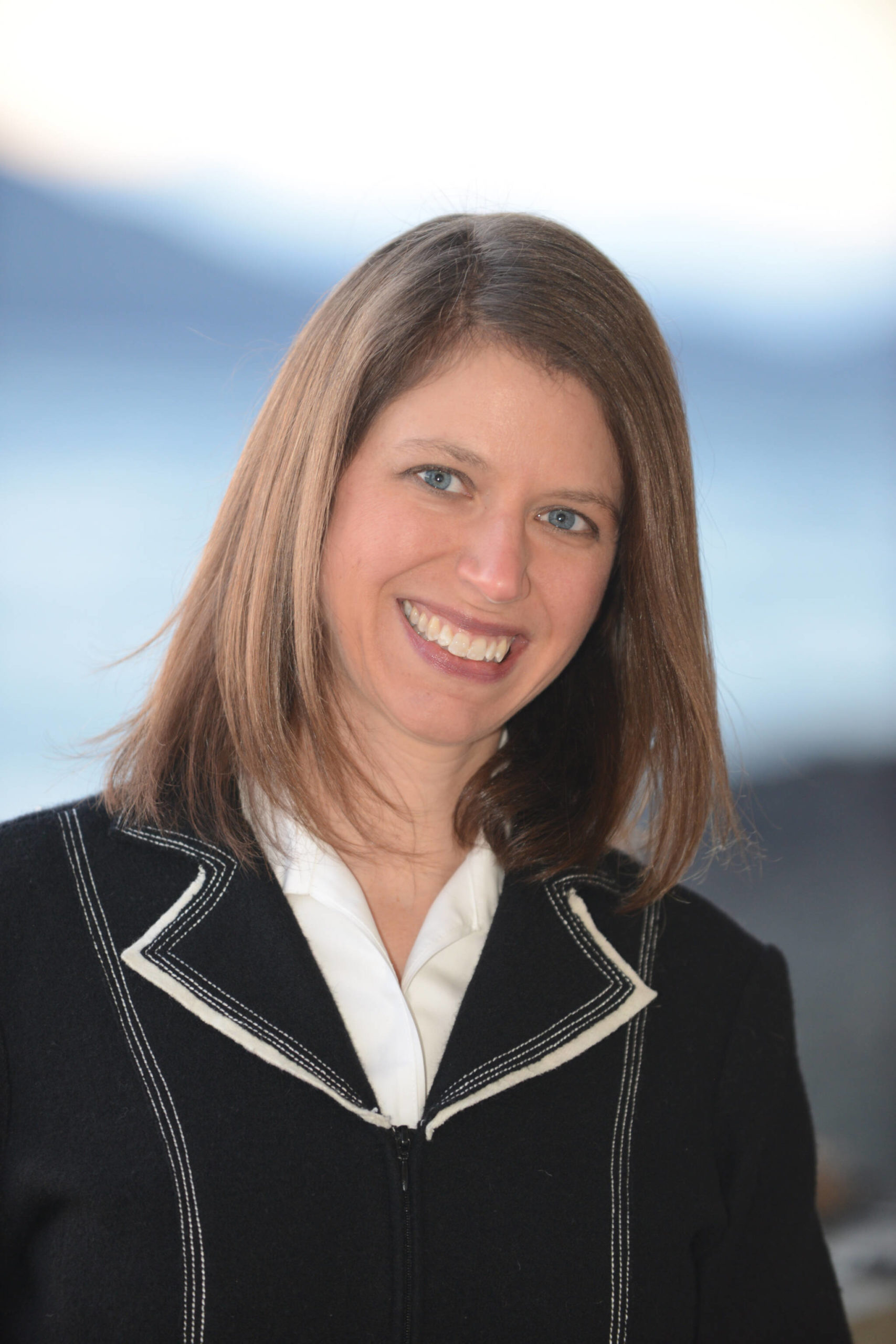By Heidi Pearson
World leaders and delegates from over 100 countries are currently gathered in Glasgow, Scotland for the 26th meeting of the Convention of the Parties, or COP 26. Since 1995, parties to the United Nations Framework Convention on Climate Change have met to discuss climate change. “Discuss” is a rather benign word as the COP undoubtedly contains impassioned speeches, heated debate and endless hours of compromise. The COP is held annually, with the only exception being 2020 when the meeting was postponed due to the COVID-19 pandemic. This makes this year’s COP even more important. This is manifested in the headline on the COP 26 website which screams “UNITING THE WORLD TO TACKLE CLIMATE CHANGE” in large, bold letters.
The UNFCCC’s charge (as stated on their website) is to stabilize emissions of carbon dioxide and other greenhouse gases “at a level that would prevent dangerous anthropogenic (human induced) interference with the climate system”. This “dangerous interference” is becoming increasingly apparent as wildfires, droughts, floods, and hurricanes cost human lives and depress economies. Even infectious diseases may become more widespread as pathogens thrive and invade new places on a warmer planet.
A pivotal point for the UNFCCC was in 2015 during COP 21 in Paris when nearly every country on Earth endorsed the Paris Agreement. The crux of this agreement is a global commitment to limit the rise in global air temperature to less than 2 degrees Celsius (3.6 degrees Fahrenheit) and, ideally, less than 1.5 degrees Celsius (2.7 degrees Fahrenheit) above pre-industrial temperatures. To achieve this target, Nationally Determined Contributions are required, which describe each country’s strategies for reducing greenhouse gas emissions.
How are we doing? The latest analysis of all NDCs projects that global greenhouse gas emissions in 2030 will actually be 16% higher than they were in 2010. This is clearly a step in the wrong direction. It’s estimated that we need a 45% decrease in CO2 emissions by the year 2030 to meet the 1.5⁰ Celsius warming target.
At COP 26, many nations are expected to strengthen their pledges to fight climate change. Climate neutrality, or a state of net zero carbon emissions, is a lofty yet necessary goal to avoid catastrophic warming of the planet. Many countries have vowed to become carbon neutral by the year 2050. This will require a paradigm shift away from “business as usual” on our planet, but it is possible.
We can do this. This has been borne out before our eyes during the last two years as nations pooled their ingenuity and resources to fight the coronavirus. This same spirit is needed to prevail over the climate crisis.
I heard a recent interview with Dr. Jane Goodall, one of my personal heroes, who exudes an endless amount of optimism. In her latest book, “The Book of Hope”, she shares her four reasons for hope: “the amazing human intellect, the resilience of nature, the power of young people, and the indomitable human spirit”. Goodall reminds us that change starts with us, and individual actions do make a difference. While it’s important to be aware of the reality and urgency of climate change, all hope is not lost. This is a message I always try to convey when I talk about climate change in my classes at UAS.
Regardless of what happens at COP 26 (and I am optimistic that tangible progress will be made), we all have the ability to reduce our own carbon footprint. We can buy local, drive energy efficient vehicles, take public transportation, reduce our meat consumption, recycle, buy recycled goods, buy only what we need, use reusable shopping bags, and the list goes on. We can be proud to live in Juneau, where much of our electricity comes from hydropower, a low-carbon, renewable energy source. We also have one of the highest per capita rates of electric vehicle usage in the country, a new electric-powered city bus (the first of its kind in Alaska!), and use of highly efficient air-source heat pumps are on the rise. In fact, by 2045, the CBJ Assembly has a goal for 80% of Juneau’s energy to be from renewable sources.
We have a lot of work to do, and quickly. However, it’s important to remind ourselves of the progress already being made so that we have the hope and energy to continue to tackle the climate crisis.
• Heidi Pearson is an associate professor of marine biology at the University of Alaska Southeast and lives in Juneau. Pearson is a member of the University of Alaska Southeast Sustainability Committee. The views expressed here do not necessarily represent the views of the University of Alaska Southeast.

